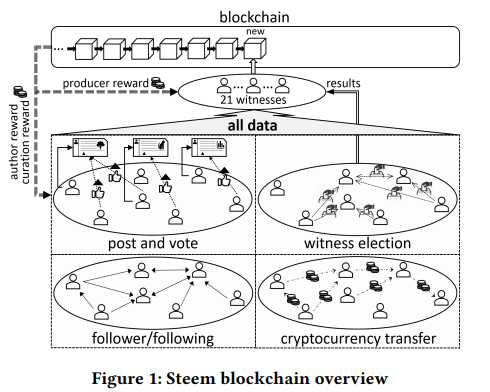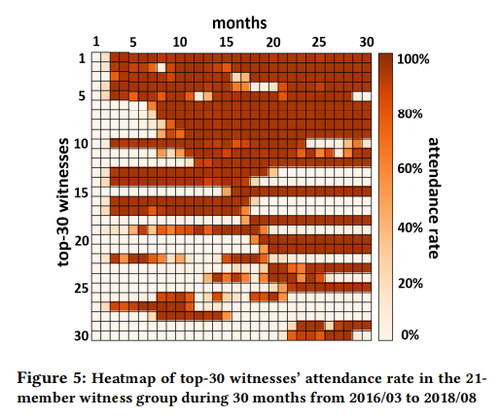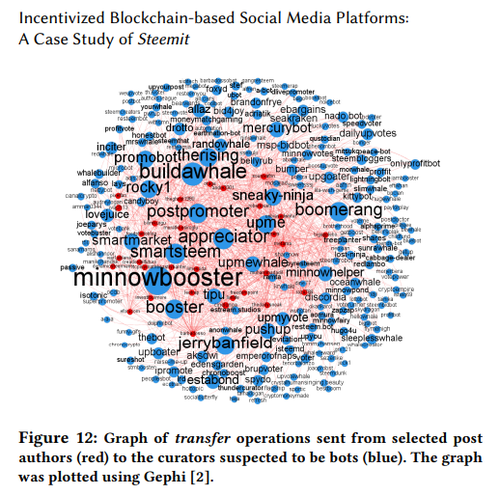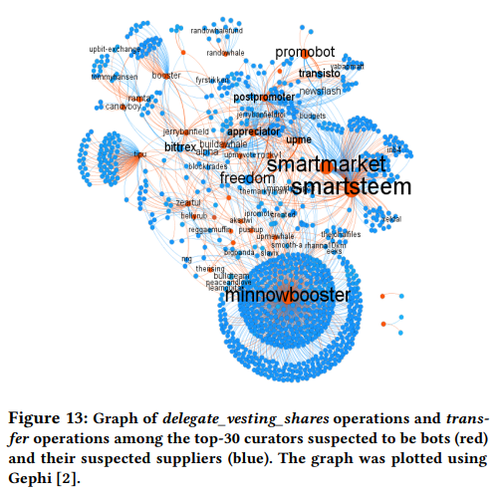
DAO or Decentralized Autonomous Organization is a new trend that Web3 companies may adopt to run their business in the future. There is a viable part that is missing from the discussion - participants. The technology has been developed and continues to improve. However, the essential part of the discussion is how to cultivate participants. Eventually, you are building a community rather than a corporation to keep people interacting in Web3.
Let’s explore.
Table of Content
Web3 Creators’ Economy
Participatory Economy
Category
Incentivized Participation
Bot Selection vs. Human Selection
Redesign Motivation
In Conclusion
Web3 Creators’ Economy
What we have learned from Web2 makes us think about what we should do to avoid the failures from Web2 and improve through Web3. We were creating a digital monopoly in Web2 with few corporations controlling data and information that bring society's attention only to what they want you to focus on. A very similar operation under totalitarianism except they are only profit-driven corporations.
They are centralized and dictatorial and require complete subservience to their users through newly invented technology. Such technology blinds you to only see what they want you to see and influence what they want you to believe.
Web3 is liberation from Web2 which claims you take control of your data and from the internet. It is a truly decentralized, peer-to-peer network that people freely anticipate without third-party interference.
The problem with Web3 is we are missing participants!
Participatory Economy
Maybe this isn’t so obvious but the creators’ economy relies on a participatory economy.
From Robin Hahnel's argument, economic planning does not require a central authority. It is impossible for a central authority to accurately make decisions as they require all information to be ready while new information continues feeding so that when they make such decisions, the information may impact the outcome of the decision they made.
So we have to plan as we go and the more participants join, the more accurate economic planning can be reflected.
This idea is a key idea to the creators’ economy and DAO that drives Web3 successfully in the long term.
Category
You are aware of the government's struggle to regulate cryptocurrencies. It is not their fault to categorize what cryptocurrencies were or lack of understanding. The structure of the economy was created in a backward fashion.
Here is the old-fashioned to run an economy:
First, you determine what it is
Second, you put it into such category and use the existing framework to fit into such category
Third, you monitor and track in case something happens that may be out of their control, they will step in to fix it
This way is similar to having a central authority plan out the economical targets and letting everyone participate. Of course, this way will always fail because more information feeds into the system and central authorities need to keep up their pace to monitor and track more spending budgets to do so. However, you cannot have an infinity of resources just to track economic activities. So they simplify in a lazy way, to average out through a national level. The problem is when you average out something, you are missing out on the accuracy to reflect reality.
The government is struggling to come up with solutions to cryptocurrencies and the current economy is struggling to fix previous mistakes.
Let’s change the mindset and dive into a participatory economy:
Here are 3 steps in the participatory economy to categorize goods and services:
First, product development and the principles of categorization of products
Second, the final design of products and services
Third, the production process and technology
You simply categorize products by their functionality first. Then you are working along the way to finalize the design of such products and layout their process.
The key is to work along the way to improve your products and your data at the same time improve your process with more data.
However, we still have a problem with participation.
Incentivized Participation

When you enter into DAO, usually there are 4 areas you will participate in: contributing, earning, voting, and becoming a witness.
Those 4 areas of activities are very similar to Steem Blockchain where you post articles to earn cryptocurrencies.
Contributing: from the Steemit, you may post or upvote articles. In DAO, you perform certain tasks that contribute to the community. Such tasks may not limit to content creation.
Earning: your article can provide earnings from the Steemit, however, you may need to perform tasks to meet certain requirements from the DAO.
Voting: from the Steemit, you will be elected to vote, rather than in DAO, you will have voting power through possessions of voting tokens. Those tokens you are either earning from your tasks or a reward from other events.
Becoming a witness: in Steemit, to become a witness, you have a right to change the platform. In a similar idea, to become a witness in DAO, you become a core member who can write a proposal to change DAO’s operations.

In general, the more senior you are, the more likely you are to contribute more and participate more in the DAO.
Bot Selection vs. Human Selection
To keep your community alive, you need to have a fair system to reward your members based on their amount of contributions. In the meantime, you need to create mobility to help new members to become senior members while creating an exit plan for senior members to step down or transition into other roles.

In the past DAO community, the platform utilized bots to encourage users. It creates a biased selection that few become a whale which leaves many behind.
Worse, the bots dominated the system by buying out the tokens from large stakeholders and selling the voting powers to users who want to promote posts.

The ecosystem then becomes unfair and unbalanced.
Redesign Motivation
To run a Web3 community, you need to conquer 3 factors:
First, distributed power
Second, design model away from exploitation and extraction
Third, building a community trust
The goal is to create a community that shares prosperity, justice, and equity.
In Conclusion
A participatory economy is a new way to solve an old problem. It requires more participants to join and figure out the figure.
Follow me here
Photo by Alejo Reinoso on Unsplash
Disclosure: The article was written by a delusional author who is possibly a nut job without any questions whatsoever about expertise in the subject matter. You should not believe any words this author wrote or you may experience similar symptoms or even possibly become a nut job.
Resource
https://participatoryeconomy.org/9-of-10-the-socialist-calculation-debate-a-century-later/
https://participatoryeconomy.org/product-categorisation-and-costing-in-a-participatory-economy/
https://arxiv.org/pdf/1904.07310.pdf
https://ssir.org/articles/entry/web3_and_the_trap_of_for_good#
Comments